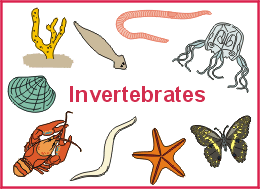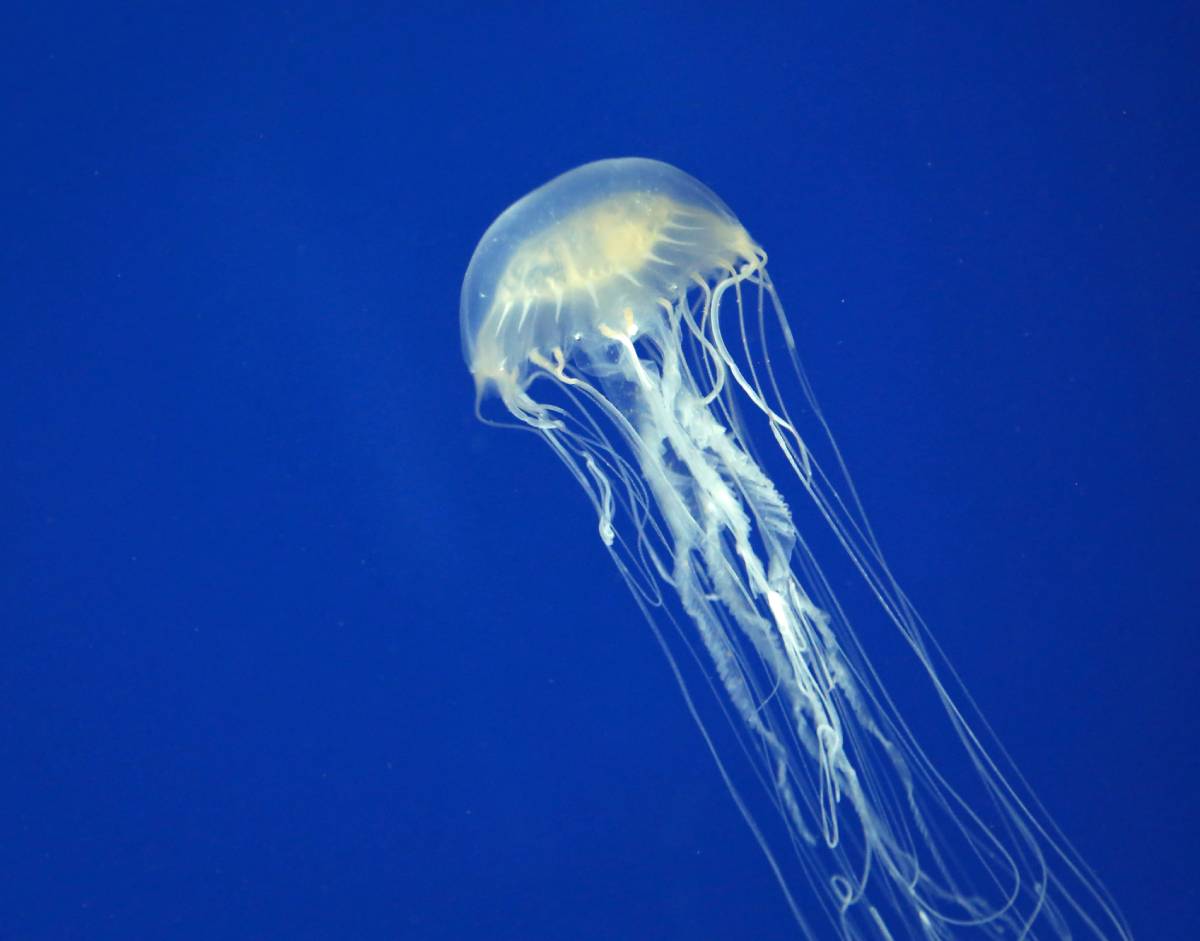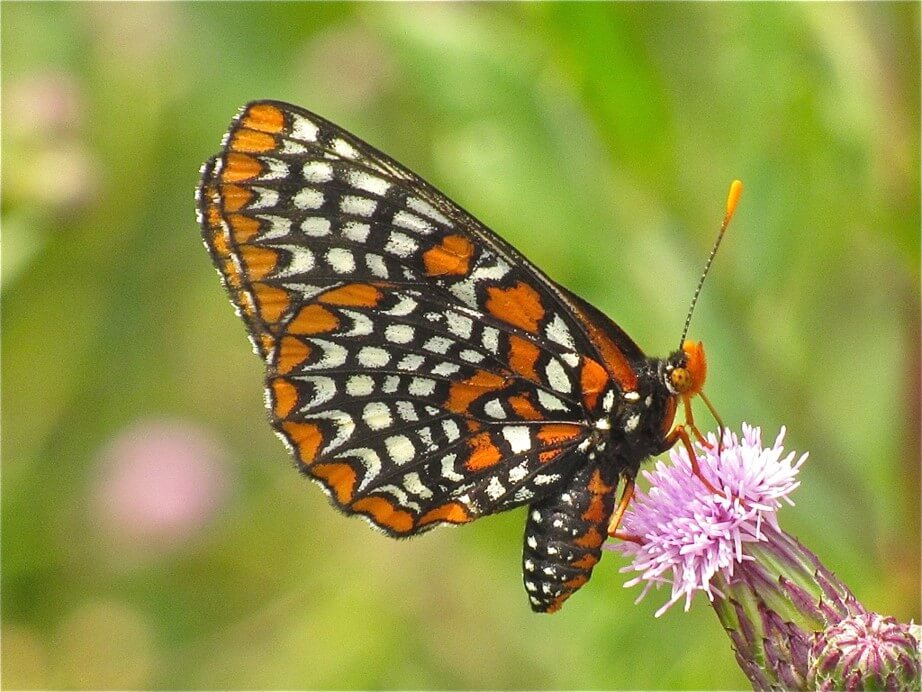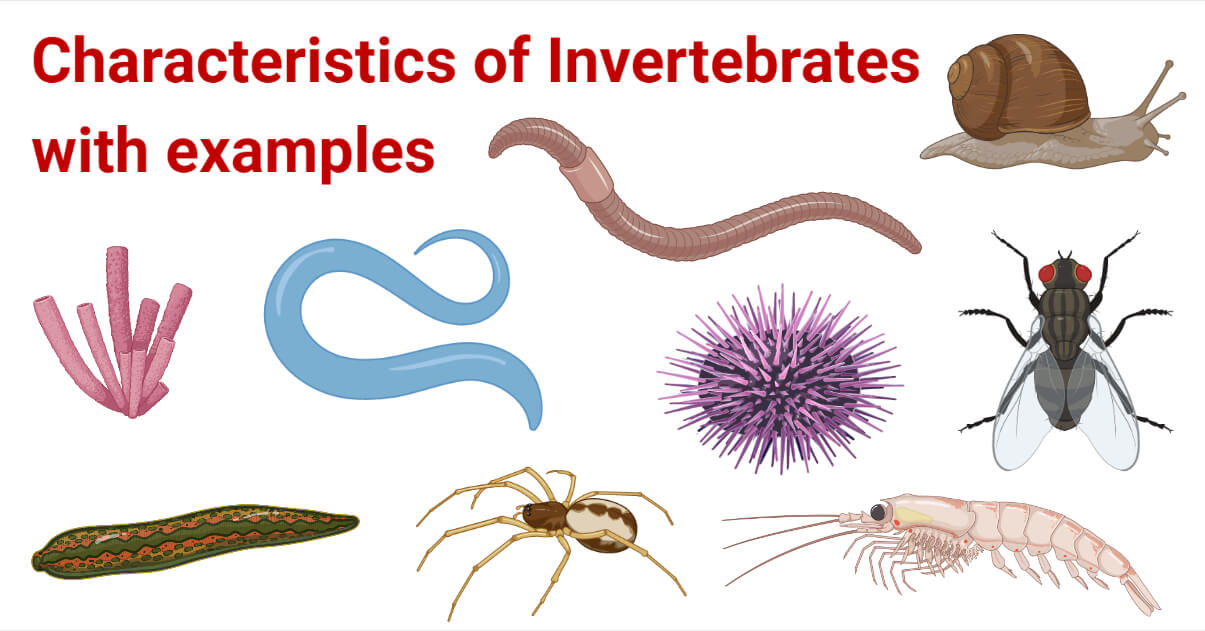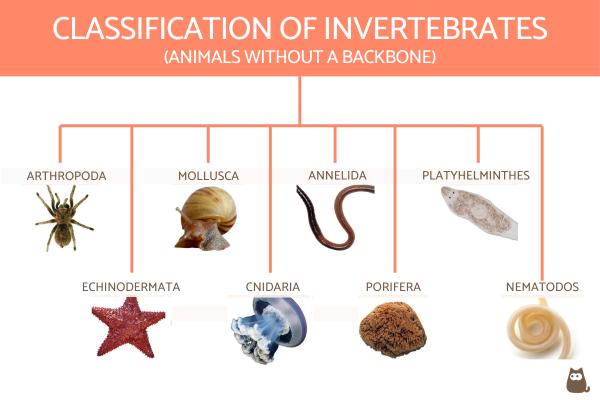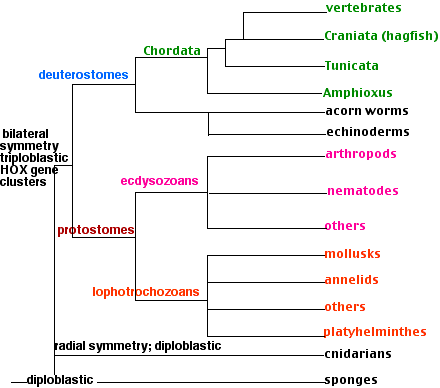Topic chordata invertebrates examples: Explore the fascinating world of Chordata Invertebrates, a realm where nature"s ingenuity shines through diverse, intriguing examples that challenge our understanding of life"s complexities.
Table of Content
- What are some examples of invertebrate chordates in the animal kingdom?
- Overview of Chordata and Invertebrates
- Characteristics Defining Chordata Invertebrates
- Examples of Chordata Invertebrates
- Evolutionary Significance of Chordata Invertebrates
- Anatomical and Physiological Features
- Ecological Roles of Chordata Invertebrates
- YOUTUBE: Chordates - CrashCourse Biology 24
- Conservation Status and Challenges
- Chordata Invertebrates in Research and Medicine
- Human Interactions and Impact
- Future Prospects and Research Directions
What are some examples of invertebrate chordates in the animal kingdom?
Some examples of invertebrate chordates in the animal kingdom are:
- Tunicates
- Lancelets
These are two subphyla of chordates that lack spines but still possess certain distinguishing characteristics:
- Both tunicates and lancelets have a notochord, which is a flexible rod-like structure found in the embryonic stage of all chordates.
- They also possess pharyngeal slits, which are openings in the pharynx used for filter feeding or respiration.
- While tunicates and lancelets have a notochord, it does not develop into a vertebral column.
Tunicates and lancelets are considered primitive marine organisms and serve as examples of invertebrate chordates within the animal kingdom.
READ MORE:
Overview of Chordata and Invertebrates
The phylum Chordata is a diverse and complex group within the animal kingdom, characterized by having at some stage in their life cycle a notochord, a dorsal hollow nerve cord, pharyngeal slits, and a post-anal tail. While typically associated with vertebrates, this phylum also includes fascinating invertebrate species.
- Defining Characteristics: Chordates share key features such as bilateral symmetry, a coelom, and the presence of a notochord.
- Invertebrate Chordates: Unlike their vertebrate counterparts, invertebrate chordates lack a backbone. This category includes subphyla like Urochordata (tunicates) and Cephalochordata (lancelets).
- Evolutionary Perspective: Invertebrate chordates provide crucial insights into the evolutionary history and development of more complex vertebrates.
- Adaptations and Habitats: These organisms have adapted to a range of habitats, from shallow marine environments to deep sea ecosystems.
Invertebrate chordates, although less known, play a vital role in understanding the broader context of Chordata evolution and diversity.

Characteristics Defining Chordata Invertebrates
Chordata invertebrates, while lacking the vertebral column typical of their vertebrate relatives, exhibit several distinctive characteristics:
- Notochord: A flexible, rod-shaped structure found in the embryonic stage, which in some species persists into adulthood.
- Dorsal Hollow Nerve Cord: Unlike the solid nerve cords found in other animal phyla, chordates possess a nerve cord that is hollow and dorsal.
- Pharyngeal Slits: Openings in the pharynx that may develop into gill arches in aquatic species or serve other functions in non-aquatic species.
- Post-Anal Tail: An extension of the body past the anal opening, providing locomotive benefits in many species.
- Endostyle or Thyroid Gland: An organ used for filter-feeding in invertebrates, which is homologous to the thyroid gland in vertebrates.
These features, while variable in their expression across different species, provide a fundamental framework for understanding the diversity within Chordata invertebrates.
Examples of Chordata Invertebrates
Chordata invertebrates, though less known than their vertebrate counterparts, include a variety of fascinating species. Some notable examples are:
- Tunicates (Urochordata): Also known as sea squirts, these marine invertebrates are filter feeders and exhibit the chordate characteristics primarily during their larval stage.
- Lancelets (Cephalochordata): Resembling small fish, lancelets live in marine environments and retain chordate features throughout their lives, including a notochord and a dorsal nerve cord.
- Amphioxus: Often considered a model organism for studying vertebrate evolution, Amphioxus displays a simple body structure with key chordate features.
- Hemichordates: While not true chordates, hemichordates share some characteristics with chordates, like the presence of pharyngeal slits, and are often studied for their evolutionary significance.
These species provide vital insights into the diversity and evolutionary history of the Chordata phylum.
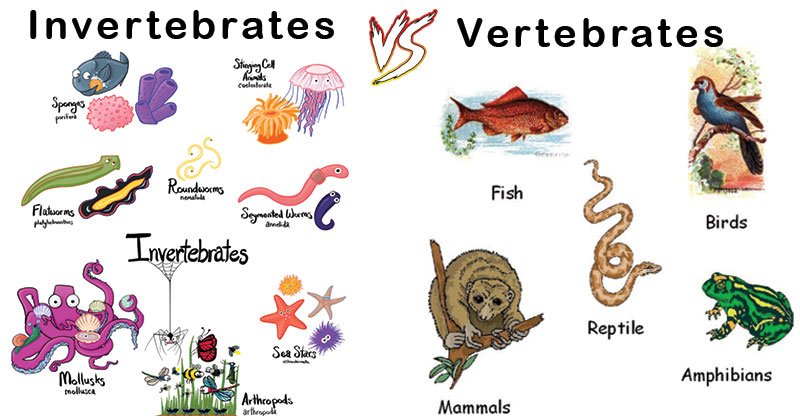
Evolutionary Significance of Chordata Invertebrates
The evolutionary significance of chordata invertebrates lies in their unique position in the animal kingdom, shedding light on the evolution of more complex life forms. Key aspects include:
- Bridge between Simple and Complex Life Forms: Chordata invertebrates represent a critical step in the evolution from simple organisms to complex vertebrates.
- Insight into Early Chordate Development: Studying these organisms helps scientists understand how early chordates might have evolved and adapted over time.
- Evolution of the Notochord: The transition from a notochord to a vertebral column in some species highlights significant evolutionary adaptations.
- Development of Nervous Systems: The dorsal hollow nerve cord in these invertebrates provides insights into the development of more advanced nervous systems in vertebrates.
- Genetic Studies: Research into the genetics of chordata invertebrates helps in understanding the genetic basis of evolution and development in higher animals.
Thus, chordata invertebrates are not just fascinating in their own right, but also provide a window into the evolutionary past of all vertebrates.
Anatomical and Physiological Features
Chordata invertebrates exhibit a range of anatomical and physiological features that distinguish them from other organisms:
- Notochord: A flexible, rod-like structure providing support, varying in prominence and function across different species.
- Dorsal Hollow Nerve Cord: A central nervous system feature, unique for its dorsal position relative to the notochord.
- Pharyngeal Slits: Used for filter feeding in some species; in others, they play a role in respiration.
- Post-Anal Tail: Provides locomotive advantages in many aquatic species.
- Endostyle or Thyroid Gland: Involved in iodine metabolism, crucial for filter feeding in some and hormone production in others.
- Circulatory System: Varies from simple to complex systems, some with a heart-like structure, illustrating diverse evolutionary adaptations.
- Reproductive Strategies: Range from external fertilization to more complex reproductive mechanisms, reflecting a variety of evolutionary solutions.
These features not only define the chordata invertebrates but also highlight the evolutionary adaptability and diversity within this group.

Ecological Roles of Chordata Invertebrates
Chordata invertebrates play vital roles in various ecosystems, contributing to environmental balance and biodiversity. Their ecological roles include:
- Primary Consumers: Many chordata invertebrates, such as tunicates and lancelets, serve as primary consumers, feeding on plankton and organic particles, thus forming an essential part of the marine food web.
- Bioindicators: Some species, due to their sensitivity to environmental changes, act as bioindicators, helping to assess the health of marine ecosystems.
- Nutrient Cycling: Their biological processes contribute to nutrient cycling, especially in marine environments, aiding in the breakdown and recycling of organic materials.
- Habitat Formation: Certain chordata invertebrates, like colonial tunicates, create habitats for other marine organisms, increasing the biodiversity of their ecosystems.
- Ecological Research: As model organisms in scientific studies, they provide insights into ecological interactions and evolutionary processes.
Through these roles, chordata invertebrates not only sustain their own populations but also support larger ecological networks.
Chordates - CrashCourse Biology 24
Discover the fascinating world of chordates, a diverse group of animals that includes humans! Watch our video to learn more about their unique characteristics and how they have evolved to adapt to various environments. Get ready to be amazed by the wonders of chordates!
Chordate Animals - Life Science for Kids
Join us on a wildlife adventure as we explore the incredible diversity of animals inhabiting our planet. From fierce predators to exotic creatures, our video showcases the beauty and complexity of the animal kingdom. Prepare to be captivated by the magnificent wonders of animals!
Conservation Status and Challenges
The conservation status of chordata invertebrates varies widely, with some species thriving while others face significant challenges. Key factors influencing their conservation include:
- Habitat Loss: Coastal development, pollution, and climate change lead to the degradation of habitats essential for the survival of many chordata invertebrates.
- Climate Change: Rising ocean temperatures and acidification adversely affect the marine environments where most chordata invertebrates reside.
- Overfishing and Bycatch: Industrial fishing practices have led to a decline in some chordata invertebrate populations due to bycatch and ecosystem imbalances.
- Pollution: Chemical and plastic pollution in aquatic environments pose serious threats to the health and survival of these species.
- Conservation Efforts: There are efforts underway to protect these species, including habitat conservation, pollution control, and sustainable fishing practices.
- Research and Monitoring: Ongoing research and monitoring are crucial to understand the conservation needs of chordata invertebrates and to implement effective protection strategies.
Addressing these challenges is essential for the preservation of chordata invertebrates and the maintenance of ecological balance.

Chordata Invertebrates in Research and Medicine
Chordata invertebrates have become increasingly significant in scientific research and medicine, offering unique insights and applications:
- Model Organisms in Genetic Research: Organisms like Cephalochordates are used as model organisms in genetic studies due to their simplicity and evolutionary significance.
- Understanding Human Diseases: Studies on chordata invertebrates help in understanding the genetic and cellular mechanisms of human diseases.
- Drug Discovery: Bioactive compounds derived from chordata invertebrates are being explored for potential medical applications, including antimicrobial and anticancer properties.
- Regenerative Medicine: Research into their regenerative capabilities can provide insights into tissue regeneration and wound healing in humans.
- Neurological Studies: Their simple nervous systems serve as a basis for studying basic neurological functions and disorders.
- Environmental Health Indicators: Their responses to environmental changes are studied to understand the impact of pollutants and climate change on human health.
Thus, chordata invertebrates are not only fascinating in their biological complexity but also invaluable in advancing medical and scientific knowledge.
Human Interactions and Impact
Human activities have a significant impact on chordata invertebrates, influencing their populations and habitats:
- Environmental Changes: Pollution, habitat destruction, and climate change resulting from human activities have profound effects on the survival and distribution of these species.
- Fishing Industry: Some chordata invertebrates, like certain tunicates, are indirectly affected by overfishing and bycatch, altering the marine food web and ecosystem balance.
- Aquaculture: Some species of tunicates are cultivated for their potential in aquaculture, both as a direct food source and for their ecological benefits in water filtration.
- Scientific Research: They are extensively studied in scientific research, providing insights into evolutionary biology, environmental science, and medicine.
- Conservation Efforts: Awareness of their ecological roles has led to conservation efforts aimed at preserving their natural habitats and populations.
- Educational Value: These organisms serve as valuable educational tools, helping to increase public awareness and understanding of marine biodiversity and conservation issues.
The relationship between humans and chordata invertebrates is complex, underscoring the need for sustainable practices and conservation efforts.

READ MORE:
Future Prospects and Research Directions
The study of chordata invertebrates holds promising prospects for future research, with several key areas of focus:
- Genomic Research: Advancements in genomic technologies offer opportunities to delve deeper into the genetic makeup of these species, enhancing our understanding of evolutionary processes.
- Climate Change Impact Studies: Researching how chordata invertebrates respond to climate change will provide insights into ecological resilience and adaptation strategies.
- Biomedical Applications: Exploring the potential of bioactive compounds found in these organisms for use in drug development and regenerative medicine.
- Ecosystem Restoration: Utilizing chordata invertebrates in ecosystem restoration projects, particularly in marine environments affected by human activities.
- Conservation Genetics: Applying genetic research to conservation strategies, helping to protect endangered species and maintain biodiversity.
- Public Education and Awareness: Increasing public awareness about the importance of chordata invertebrates in ecosystems, promoting conservation efforts.
Continued research and exploration in these areas are essential for advancing our knowledge and ensuring the conservation and sustainable use of chordata invertebrates.
In conclusion, the study of chordata invertebrates offers a window into the intricate tapestry of life, highlighting the diversity, adaptability, and ecological significance of these fascinating yet often overlooked species.



